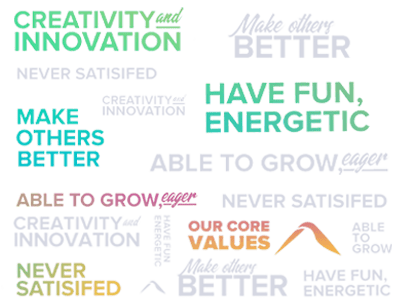Introduction
Companies in all sectors struggle with employee retention – call centers in particular have a history of high turnover and attrition rates. There may be many reasons why this may be the case – people don’t see jobs in contact centers as their ultimate goal. Some struggle with the job itself – based on your Client’s instructions there might be periods of time where you don’t talk to anyone. Others lack the necessary empathy and skill set for a customer service job. Contact centers are experts on the topic of employee turnover and attrition rates.
Attrition is a popular method of measuring a company’s success in talent retention. But, attrition is an imperfect metric, as discussed in previous articles including “5 Facts and Stats about Attrition”. Attrition only deals with how many people are leaving and does not assess why they leave. Lots of things impact your employee turnover. You could hire the wrong candidate, one who left because they are not a good fit. You could have individuals who work with the company for a defined amount of time – for example, employees who are going back to school. As a metric it does nothing to address the natural employment variations that occur because of scalability and seasonality of contracts, for example, a company who focuses on Roadside Assistance as their primary industry. They will have movement in employment levels, especially in a country where demand is higher during bad weather months.
Focus on your employees and improve engagement instead of worrying about how to minimize attrition. This switch in focus will help your company to maximize retention strategies for your employees. Over the next few weeks we will be providing an in-depth look at some of the issues that affect attrition rates. We will also discuss how you and your business can overcome these issues.
Learn how to address training-related attrition by exploring our whitepaper ‘10 Questions to Ask Instead of Attrition
Root Cause : Not hiring the right people.
Recruiting and hiring the wrong people will cost you more than investing in your employees will. More than that, a revolving door of employees coming in and out can have a huge negative impact on the morale of your employees.
Recruiting someone to work for your company is a bit like dating. Both parties are on their best behaviour and presenting their best face to each other. The process of recruiting and hiring an employee needs to be more honest, a “Right Fit” focus. Both parties need to know what they want from each other, and what the expectations are for the position. Be honest about the job in your advertisement, this leads to a more authentic and true relationship. Be realistic about what you expect from your candidate and explain what the job is like.
You need to hire the best candidates for the position. Aptitude for the job is more to do with personality, competency and cultural fit than on-the-job experience. After all, everyone has to start somewhere. Your hiring process should begin with a behavioural assessment. The goal of this assessment is to filter out applicants who are not able to meet the basic expectations of your organization. Make sure you are asking the right questions. Ask questions that will give you an idea of what the candidate is like. Ask questions that will give the applicant an understanding of the job. Provide some of the scenarios and situations they might face if they are a successful candidate. For example, you might ask a chef how they feel about working evenings, weekends and holidays, as this is a likely rule for a kitchen job. You might ask a call center employee if they are comfortable sitting at a desk and talking on the phone all day. Filtering out people who don’t meet the basic expectations of the job makes your job easier. It is about making sure you are investing in candidates who will last.
You have now filtered your pipeline of applicants to people who have the temperament and interest in the responsibility of the job. Now it is time to get the candidate in for the interview process. It is important that you have a face-to-face interview with a tour of the space where they will be working. This will help them to understand the physical limits of the space and get a feel for the company culture. Will they be okay working somewhere that does not have windows or where the space is small or cramped? Are there transit options? What will the commute look like in bad weather? How will that affect the candidate’s ability to arrive on time?
Candidates, especially unemployed ones, don’t ask these questions themselves. They might not think about how the physical aspects of the job will affect their loyalty to the company. Make sure that the applicant understands all parts of the job. That way you will ensure that you are hiring employees with a true understanding of the job, company and location. Be realistic with yourself about what you cannot change about the job – like the local transit, and what you can improve – like benefits.
Are you looking for a job with excellent employee engagement? Check out the Bill Gosling Outsourcing Careers page to start a discussion with the recruitment team.




